Japan is a place of four seasons (sometimes all in one day!), each offering vastly different experiences.
So, when is the best time to visit Japan? It’s all about what you want from your visit – whether you want to see cherry blossoms in full bloom, stunning autumn leaves, or snow-covered landscapes, there’s an optimal time for every type of traveler.
By the way, carrying an iRoamly Japan travel eSIM will ensure you stay connected throughout your journey. Now, let's dive into our guide to Japan's seasons!
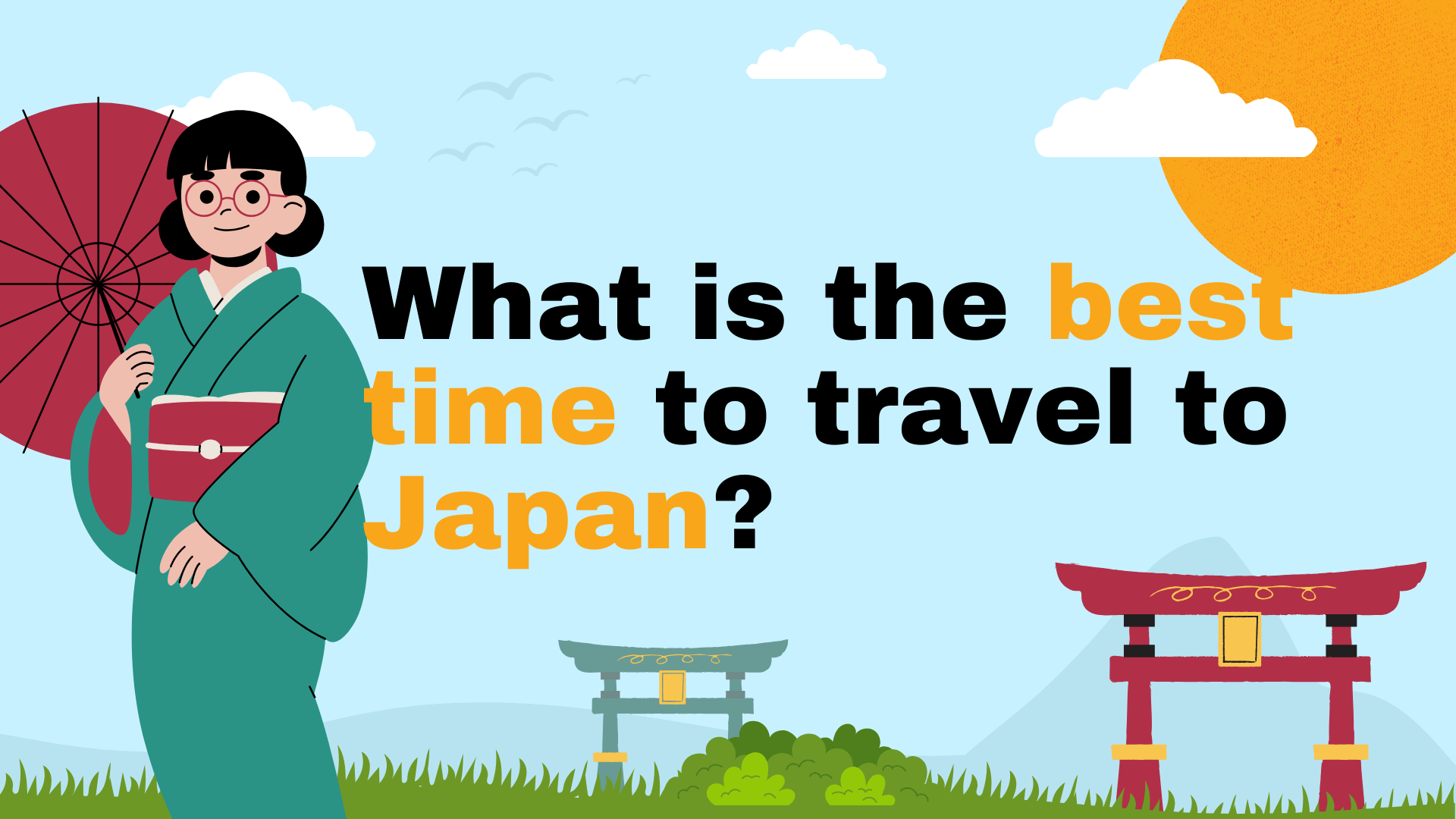
When is Japan the Least Crowded?
Broadly speaking, Japan's tourism climate is split between peak season, shoulder, and off-peak. Peak times, such as cherry blossom season in spring and golden week at the end of April to early May are noticeably busier for both domestic and international tourists, whereas late autumn (November) and most of winter (excluding New Year or ski season) are the slowest.
Shoulder seasons, in late spring (end of May through June) and September, are where you’ll find the tourist sweetspot, though – fewer crowds and excellent weather make it the perfect time to check out Kyoto’s temples or enjoy Tokyo’s bustling city atmosphere without being pinned down by the constant bustle.
Tip: Visit less tourist-crowded but equally-charming spots like seaside town Kamakura or the serene Nara Park at these times.
When is the Best Weather in Japan?
Autumn (October to November) is often touted as having the best weather Japan-wide.
November in Japan is particularly appealing, offering comfortably cool days and brilliant red and gold foliage. This makes it an ideal time to enjoy the country’s scenic beauty, whether hiking Mount Takao’s trails or exploring the gardens of Kanazawa city.
It’s also the season when the harder food festivals kick off, and dishes using autumnal produce (like persimmons and sweet potatoes) come to the fore.
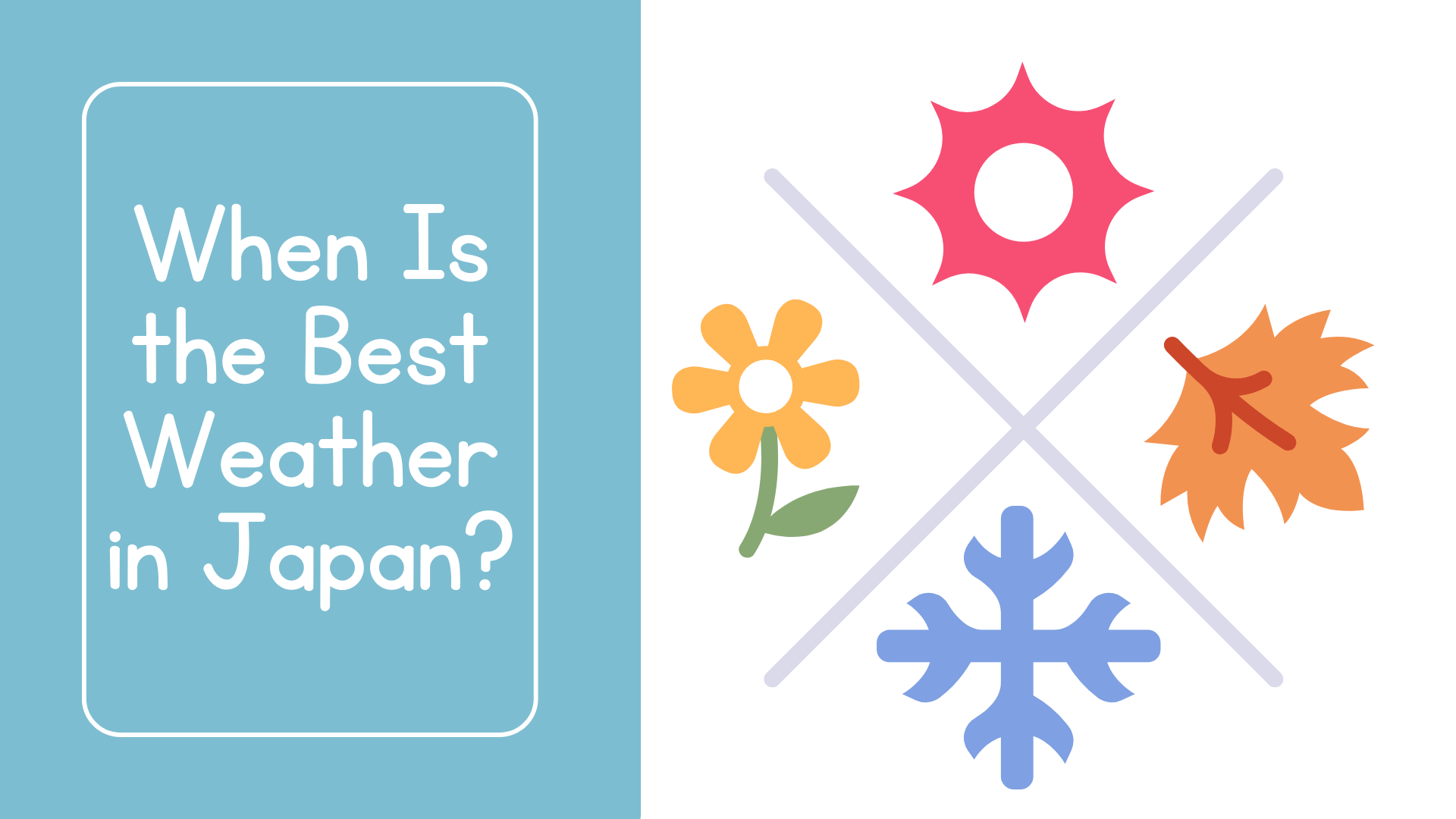
Tip: Culinary tours in cities such as food-lovers' Osaka, or seeking out food festivals will yield delicious rewards in autumn!
When is the Sakura Season in Japan?
Famed for being an agonizingly short-lived spring affair, cherry blossom season in Japan typically starts around early April, although the blooms can arrive as early as late March in the warmer southern regions (Fukuoka) and as late as early May in the chiller north (Sapporo).
Enjoy the blossoms in Tokyo along the banks of the Meguro River or in Kyoto’s Gion district, with some of the most memorable viewing points.
Tip: Visit Hirosaki Castle Park in Aomori to dodge the crowds and enjoy a blooming beautiful time out of cherry season.
When is the best time to see snow in Japan?
For snow lovers, Hokkaido is best between late December and March. In February, you may wish to pay a visit to the Sapporo Snow Festival, famous for its incredible ice sculptures and winter sports.
For those looking to hit the slopes, skiing in Niseko or snowboarding in Furano are popular choices to enjoy Japan's northernmost island's untouched powder snow.
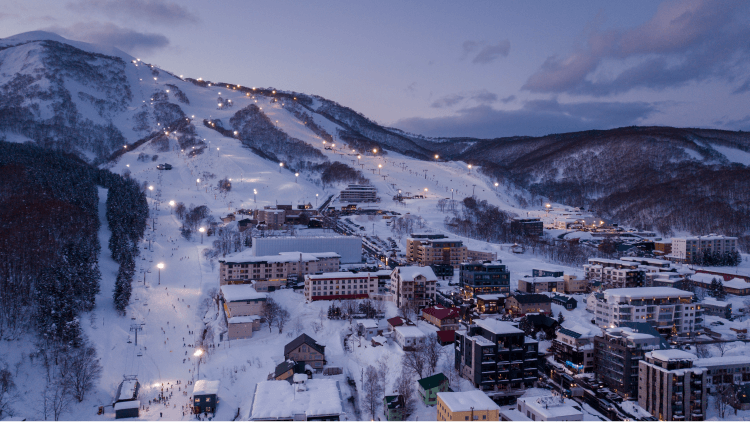
Tip: Make time for an onsen (hot spring) visit during your stay. The snowy season is particularly magical in Noboribetsu.
When is the best time to visit Tokyo, Japan?
Tokyo is a great year-round experience, but late spring (May and June) or late autumn (October and November) are particularly pleasant. Temperatures will be comfortable, without the blistering heat and humidity of summer or the cold of winter.
Be sure to check out fashionable districts Shibuya and Harajuku, or the historic feel of Senso-ji Temple in Asakusa.
Tip: Opt for good, stable weather and head to the outdoor Imperial Palace Gardens, or take a boat ride on the Sumida River.
When is the best time to visit Okinawa, Japan?
An island with a subtropical climate, Okinawa is good to visit at any time. For the best experience without the rainy season or full heat of summer, aim for the window of April to June.
Use the mild island climate to hit the beach, get in some snorkeling, or visit historic sites such as Shurijo Castle.
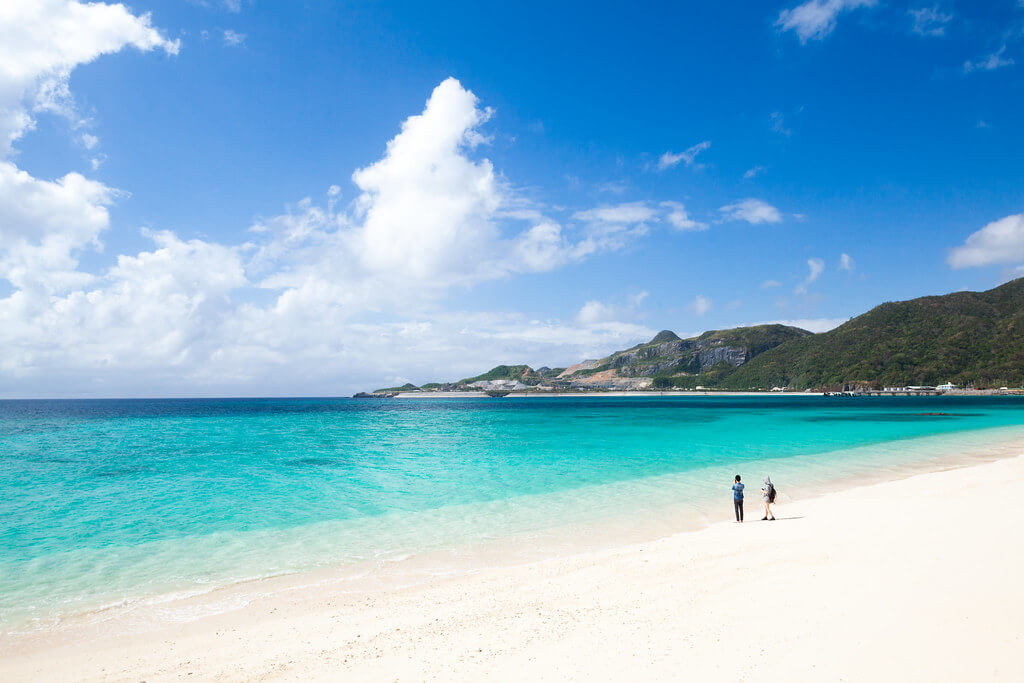
Tip: Experience coral diving or the islands' unique island-wide festivals when visiting during these months.
When is the cheapest time to travel to Japan?
With the exception of New Year holidays and Chinese New Year, consider visiting in winter for lower prices: airfares drop and so do accommodation rates, while you can still experience the vibrant cities and beautiful onsens, minus the crowds.
Tip: Keep an eye out for winter deals and make use of indoor attractions such as museums and aquariums to avoid the worst of the weather and the heaviest influx of tourists.
When Not to Go to Japan?
The rainy season, from early June to mid-July, is less than ideal when it comes to travel, especially in Tokyo and Kyoto, which experience muggy, high humidity.
Similarly, the peak of typhoon season, in September, can be risky, mainly in Okinawa and other southern islands.
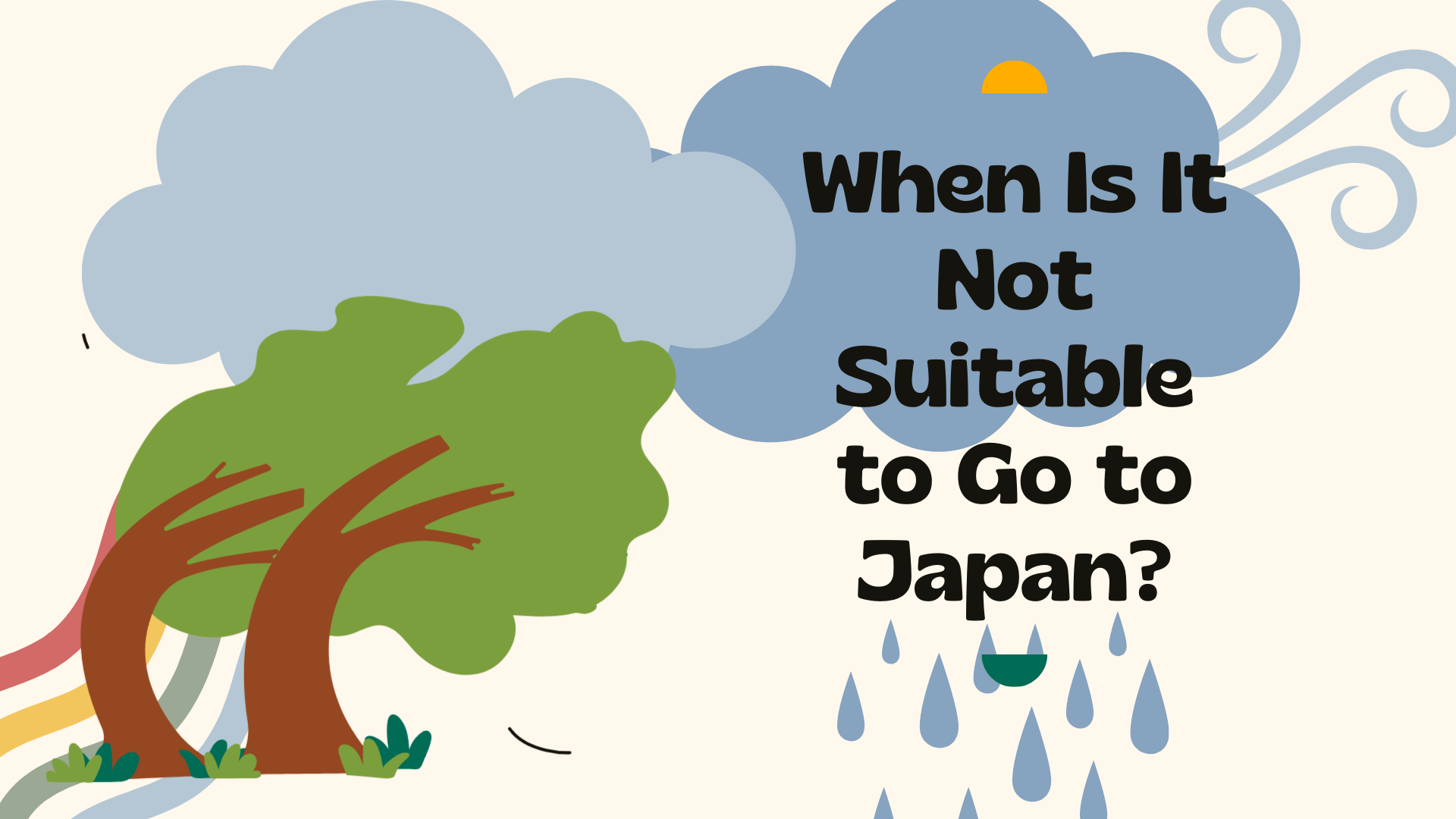
Tip: Avoid rain season in Okinawa – May to June – and in Hokkaido, which generally receives less rain overall.
Summary:
Picking the right time to visit Japan can make a world of difference during your travels.
Be it the fleeting blossoms of the cherry, Hokkaido’s snowy heavens, or the peaceful lulls of the shoulder season, there’s a Japan waiting for you for every season.
Use our guide to plan your adventure, and immerse yourself in the country’s diverse landscape and its collection of cultural events!
